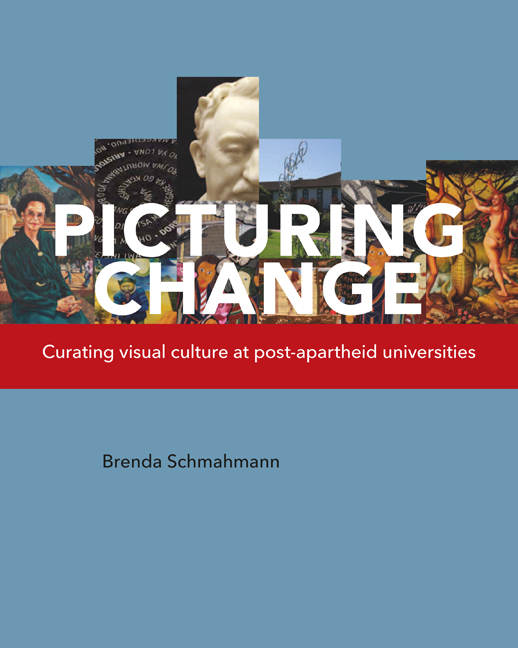2 - Rethinking university insignia
Published online by Cambridge University Press: 21 March 2018
Summary
Derived largely from signs that medieval knights painted on their shields or had embroidered on their pennons and from the seals used to authorise documents, coats of arms emerged at universities in Britain during the thirteenth, fourteenth and fifteenth centuries. Scott-Giles (1962: 113) points out that, when the colleges of Oxford and Cambridge required seals for official purposes, they began constituting these from coats of arms of their founders, eventually incorporating variations of this heraldry and making it their own. When universities founded in South Africa acquired their own coats of arms, they in a sense implied that they too had long and venerable histories and pedigrees, albeit that they were actually very young indeed. The deployment of such imaging practices also had a propensity to convey messages with an imperialist flavour – suggesting that no matter the primitivism or philistinism of the overall context in which the university or college had been founded, those fortunate enough to be accepted into these institutions’ hallowed halls and seminar rooms would be assured some semblance of Britain's and Europe's civilising influence.
Given the values and norms that appear to have informed decisions to acquire coats of arms, university heraldry may seem redundant in the post-apartheid context. But, as I reveal in this chapter, most of the older South African universities do not regard their coats of arms as obsolete, and have instead tended to develop logos based on their heraldry – often without fundamentally changing content – for day-to-day use. Perhaps because their insignia have been acquired through formal grants of arms, or possibly because they are linked to institutional identities and histories in ways that seem more immediate or intrinsic, universities appear to be much more circumspect about disavowing them than they are about removing or relocating artworks associated with values that no longer enjoy favour. While the University of Stellenbosch and the University of the Free State are exceptions in this regard, with the former inventing a new logo and the latter undertaking strategic modifications to its coat of arms as well as acquiring a separate logo, the invention of completely different insignia has in fact otherwise been undertaken by institutions that are the product of mergers, and which have thus been impelled by force of circumstance to shape new identities for themselves.
- Type
- Chapter
- Information
- Picturing ChangeCurating visual culture at post-apartheid universities, pp. 65 - 104Publisher: Wits University PressPrint publication year: 2013



